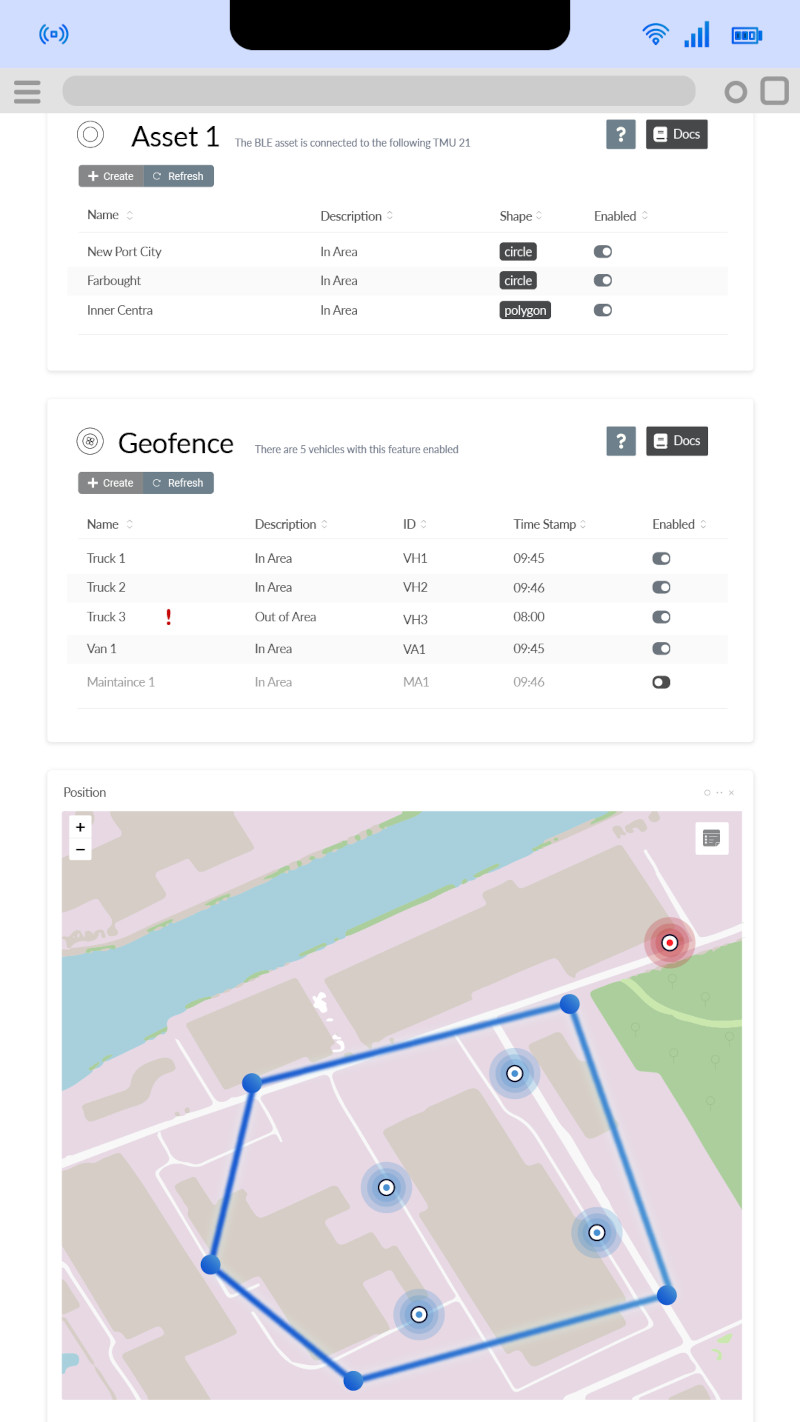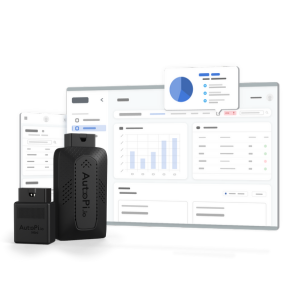In the bustling world of modern business, where every second counts and efficiency is the gold standard, asset tracking emerges as a shining knight. This isn't just another buzzword in the corporate lexicon; it's a transformative strategy that's steering companies towards unprecedented levels of operational excellence and security.
Imagine a world where every piece of your valuable assets, from the smallest tools to the largest pieces of machinery, is just a click away from being located, monitored, and managed.
That's the promise of asset tracking, a technology-driven approach that's rapidly becoming a non-negotiable part of the business infrastructure for industries far and wide.
As we dive into the world of asset tracking, get ready to discover how this critical tool is setting new standards in the corporate world, transforming challenges into opportunities for growth and innovation.
What is Asset Tracking?
Asset tracking refers to the methodical process of monitoring and managing assets throughout their lifecycle, from the moment they are acquired until they are retired. It involves the use of a variety of technologies and strategies aimed at providing a complete overview of an asset's status, whereabouts, and history.
This system integrates hardware components like scanners, tags, and sensors with advanced software solutions to facilitate the accurate identification, cataloging, and real-time tracking of physical assets. The integration of these technologies allows for the detailed logging of asset movements and usage, enhancing inventory management and ensuring efficient allocation across an organization.
Through the implementation of asset tracking, organizations are equipped with an essential mechanism to maintain oversight over their assets. This capability is crucial for streamlining operations, reducing the risk of loss or misplacement, and maximizing the utilization of resources, thereby fostering a more organized and productive operational environment.

How Does Asset Tracking Work?
Asset tracking unfolds through a sophisticated blend of technological tools and software, designed to offer a comprehensive monitoring solution. The process is initiated by affixing assets with unique identifiers like barcodes, RFID tags, or GPS trackers. These identifiers are pivotal in distinguishing each asset, facilitating their individual tracking and management within the system.
Integrating Asset Tracking Technology
The tagged assets are then monitored via readers or sensors that capture and transmit location and status data to a central asset management system. This hub of information, powered by an advanced fixed asset management software, processes and organizes the data, making it accessible through detailed analytics, location tracking, and historical usage insights. This level of access empowers users to manage assets efficiently, armed with data that's both comprehensive and easy to navigate.
Real-World Example of Asset Tracking
In the context of a logistics operation overseeing a vast fleet of vehicles, the application of GPS trackers for real-time location tracking represents just one facet of asset tracking. By incorporating telematics, the system gains the ability to capture a broader spectrum of data, including vehicle speed, fuel consumption, engine health, and driver behaviour.
Each vehicle is outfitted with telematics devices that gather and send this detailed information to the asset tracking system in real-time. This data not only allows fleet managers to pinpoint the exact location of each vehicle but also to optimize routes based on traffic conditions, monitor driver performance for safety compliance, and schedule preventive maintenance to avoid breakdowns. The integration of telematics enriches the fleet management strategy, turning raw data into actionable insights that drive efficiency, enhance safety, and improve customer satisfaction.
|
Telematics Devices Function
|
Gather and send detailed information in real-time
|
Benefits for Fleet Management
|
Pinpoint vehicle location, optimize routes, monitor driver performance,
schedule maintenance
|
|---|---|---|---|
| Advanced Tagging Technologies | Integration with telematics and software | Operational Benefits | Unmatched oversight and control, streamlines management, ensures operational fluidity, elevates efficiency |
By weaving together advanced tagging technologies, telematics, and powerful software, asset tracking provides an unmatched level of oversight and control over assets. This sophisticated approach streamlines the management of assets across different locations, ensuring operational fluidity and elevating the overall efficiency of business processes.
Why is Asset Tracking Important?
Understanding the significance of an asset tracking system extends beyond its immediate functionality. It's about harnessing technology to create a more efficient, secure, and intelligent business environment.
Here's why an asset tracking system is indispensable in today's corporate landscape:
-
Enhances Operational Efficiency: Streamlines asset management with an asset tracking system, reducing time and resources spent on manual tracking.
-
Improves Asset Utilization: Ensures optimal use of assets, minimizing idle time and increasing productivity through precise tracking.
-
Increases Asset Security: Mitigates the risk of loss or theft through real-time monitoring and alerts from the asset tracking system.
-
Supports Decision Making: Provides accurate data and insights for informed strategic planning and investments, thanks to comprehensive asset tracking.
-
Facilitates Compliance: Helps adhere to regulatory requirements by maintaining detailed records of asset usage and maintenance within the tracking system.
-
Reduces Costs: Lowers expenses related to lost assets, maintenance, and inefficient asset deployment by leveraging asset tracking technologies.
-
Enhances Customer Satisfaction: Leads to better service delivery through efficient management and utilization of assets, facilitated by an effective tracking system.
-
Promotes Safety: Monitors asset conditions and usage, contributing to safer work environments with timely data from the asset tracking system.
-
Enables Scalability: Supports business growth by efficiently managing an expanding inventory of assets, made possible by scalable asset tracking solutions.
Enabling Asset Tracking with AutoPi
In the evolving landscape of asset management, the AutoPi platform offers a modest yet innovative approach to asset tracking by tapping into the potential of IoT technology. At the heart of this solution lie the AutoPi device and the AutoPi Cloud, which together create a straightforward yet effective system for monitoring and managing assets.
-
The AutoPi device, an innovative IoT gadget, is designed to gather important data from vehicles, facilitating their tracking in real or near-real time.
-
This information is seamlessly sent to the AutoPi Cloud, a platform that processes this data, making it easily accessible and actionable for users through a user-friendly interface. This setup aims to provide clear, concise insights into asset locations and movements without overwhelming complexity.
One of the notable features of this solution is its geofence function, which allows for the setting of virtual boundaries. This feature sends notifications when assets cross these predefined limits, offering a layer of security and enhanced control over asset movements with a straightforward, no-fuss approach.
By integrating modest IoT innovations, AutoPi delivers an asset tracking solution that, while humble in its presentation, is capable of significantly improving how businesses manage and secure their assets. It's a testament to how even simple, thoughtfully applied technology can make a substantial difference in operational efficiency and asset security.







